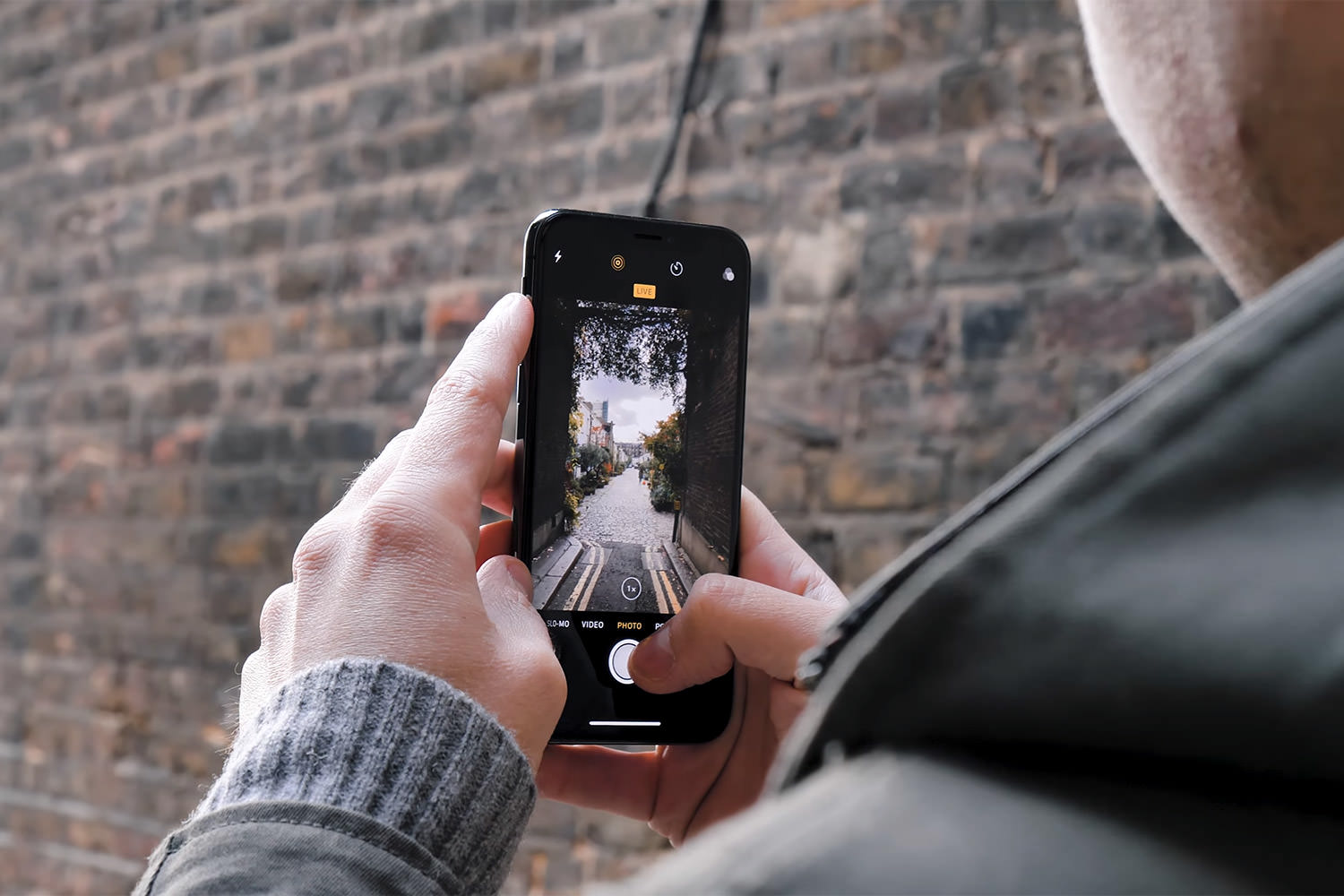Last Updated on 08/17/2019 by Brett Day
Smartphone maker Xiaomi just announced massive 64 and 108 Megapixel sensors for upcoming phones that might put some traditional cameras under threat.
Smartphone technology is evolving at a rapid pace, and so is the camera tech inside of them. Mobile photography is becoming more and more popular thanks to incredible artificial intelligence and the sensors used to capture the images. Capturing stunning shots with the phone in your pocket is now easier than ever. With the announcement that Xiaomi will be releasing phones with 64 and 108 Megapixel sensors from Samsung, one has to wonder if smartphones are going to begin outperforming more traditional cameras. Join us after the break for more details.
A recent post at The Verge talks about the new Samsung 1/1.7-inch ISOCELL Bright GW1 sensor. This 64 Megapixel sensor was, for a brief time, the largest sensor available for smartphones. Just a few days later though, Samsung and Xiaomi announced a 108 Megapixel sensor (the Samsung ISOCELL Bright HMX). That’s right, this sensor has more Megapixels than Fujifilm’s newest Medium Format camera, the GFX 100. In fact, it has more than all other traditional cameras on the market (excluding the 150 Megapixel Phase One IQ4).
Size Is Important
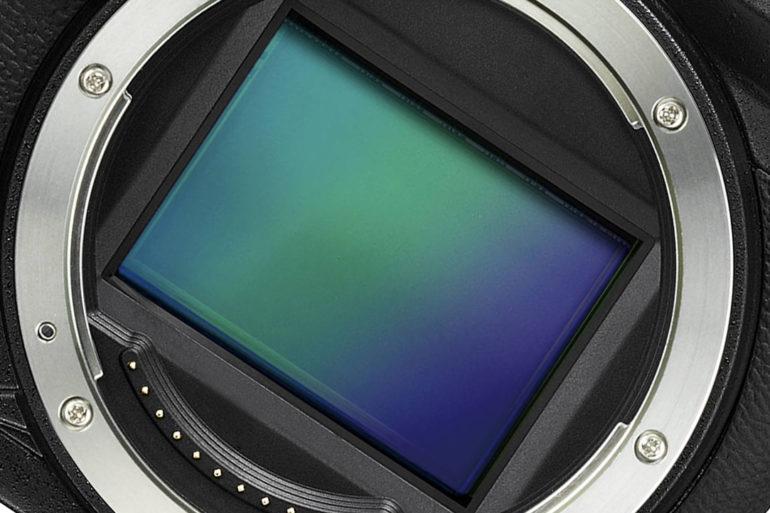
Of course, we know there is more to camera sensors than just Megapixels. Sensor size makes all the difference. The sensors we are discussing here are tiny in comparison to even the 1-inch sensors found in cameras like the Sony RX VII. However, this leap in technology means that a smartphone’s low light performance and overall image resolution will increase significantly. The images captured will likely destroy the output from many point-and-shoot and some compact cameras.
The Verge has some sample images from the 64 Megapixel sensor, and we urge you to look at them. At first glance, the image looks magnificent, but check out the mess in the details when you zoom in. All of the details in the picture are lost in what can only be described as a water painting effect. Having said that, the images are still pretty impressive to have come from a smartphone, and there is no doubt that the masses will be more than happy with the results. If the images from these phones are not blown up too much, they will be adequate for most. But the loss in details highlights that traditional cameras with larger sensors (in physical size) have little to be afraid of.
The Road Ahead
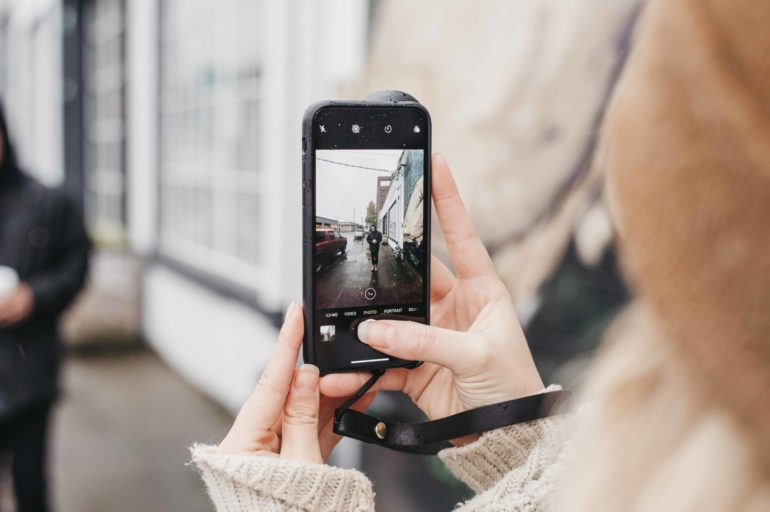
So where are the recent breakthroughs in smartphone camera sensors and AI going to take us? Instagrammers and other social media lovers will soon be posting images that look even better than they already do. The RAW files from the smartphone cameras will be more pliable, and they will offer increased levels of dynamic range. Smartphone photographers will be able to push and pull their files further in applications like Lightroom Mobile. That will be a massive plus for those who use smartphones as their primary camera.
Enhanced AI and bigger sensors in phones will allow mobile photographers to pull off detailed long exposures, focus stacking, and cinemagraphs too. This might not sound like much, but when you consider that all the user has to do is hit one button, it’s game-changing. Now those with no photographic knowledge will be able to create images that most have only dreamed about. The AI is powerful enough to stitch these images together without the user having to really know what they’re doing.
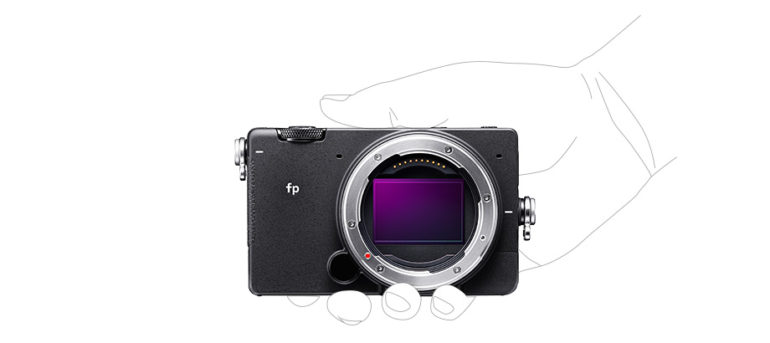
Companies like Sigma are working on AI with their Sigma FP. Sigma recently revealed that the upcoming FP will be capable of generating cinemagraphs in camera, so traditional camera companies are taking note. As artificial intelligence becomes easier to implement, it will likely become the norm in traditional cameras too. Sure, we have AI that helps with face detection, eye detection, and tracking, but smartphones have much more computational power. This means the AI in smartphones is simply better than what we have access to in newer Mirrorless cameras, but that will likely change on the road ahead.
The End of an Era

Features like the ones listed above becoming commonplace in phones will hit the point-and-shoot market harder than ever before. Cameras like the Fujifilm XF10 will head to the big camera store in the sky, while more traditional cameras like DSLR’s and ILC Mirrorless cameras will have little to worry about.
At some point, the camera marketplace will be devoid of anything but a few APS-C cameras, and lots of Full Frame, and Medium Format options. We harp on about Canon altering their business plan to only focus on high-end cameras, but they’re not as dumb as everyone makes them out to be. The end of an era is upon us, and we have to accept that point-and-shoots and most compact cameras are going to die.
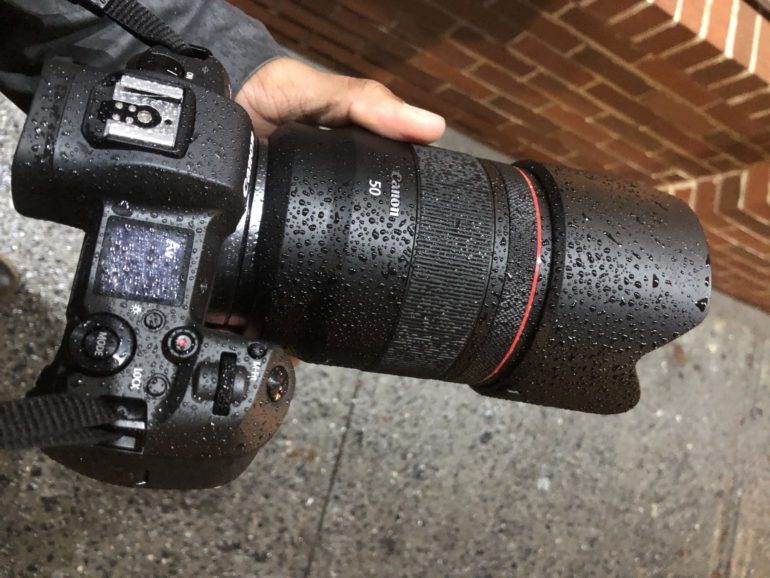
Powerful smartphones with incredible cameras will sweep up consumers and pro-sumers who like their cameras on the small side. Canon knows this. They are course-correcting as we speak, and it’s more than likely that others are too. This is a good thing. It means that camera manufacturers will be able to focus on making better pro-level traditional cameras, as they will stop pouring resources into consumer-grade cameras. Deep down, that’s what we all really want. At the end of the day, the smartphone camera revolution and the tech it will bring to the table will end up making things better for all of us, consumers and pros alike.


